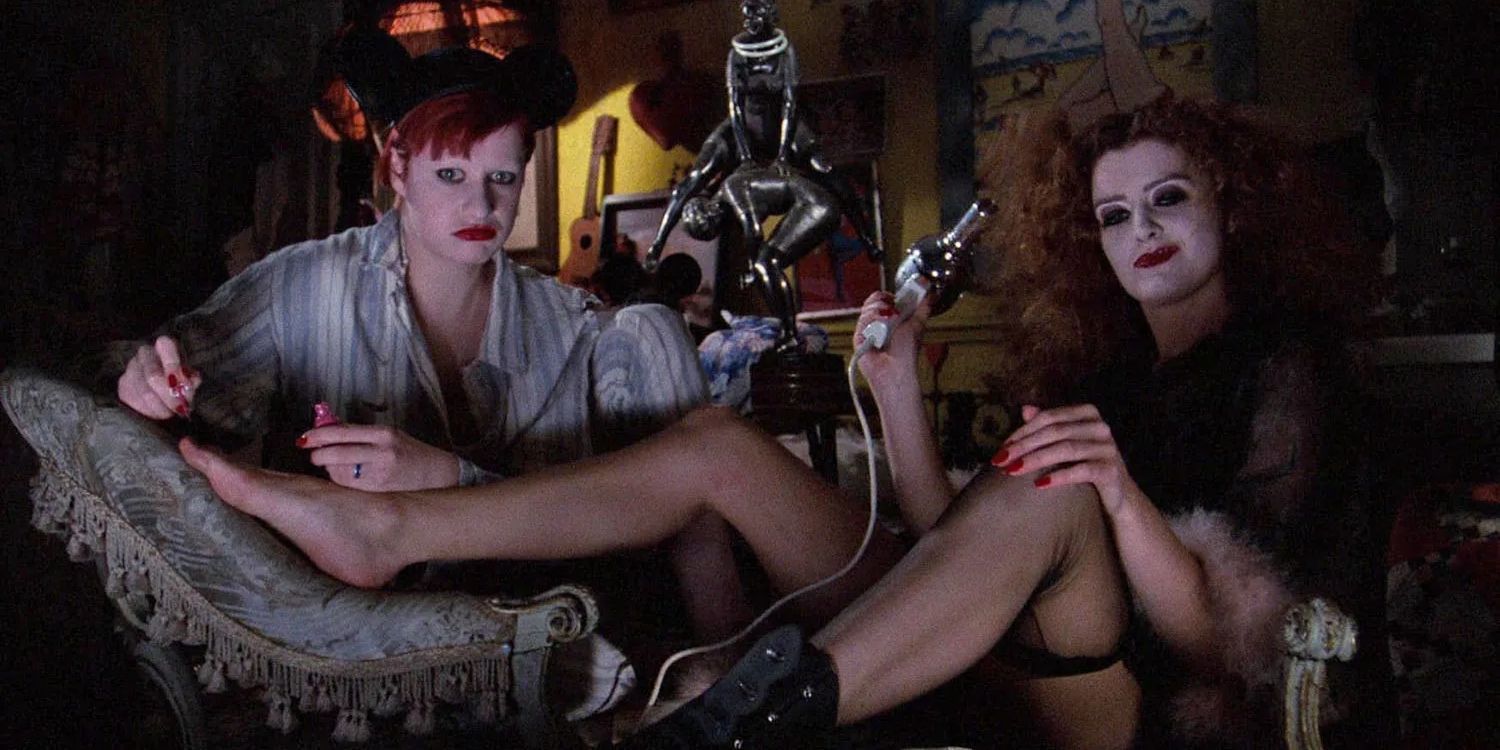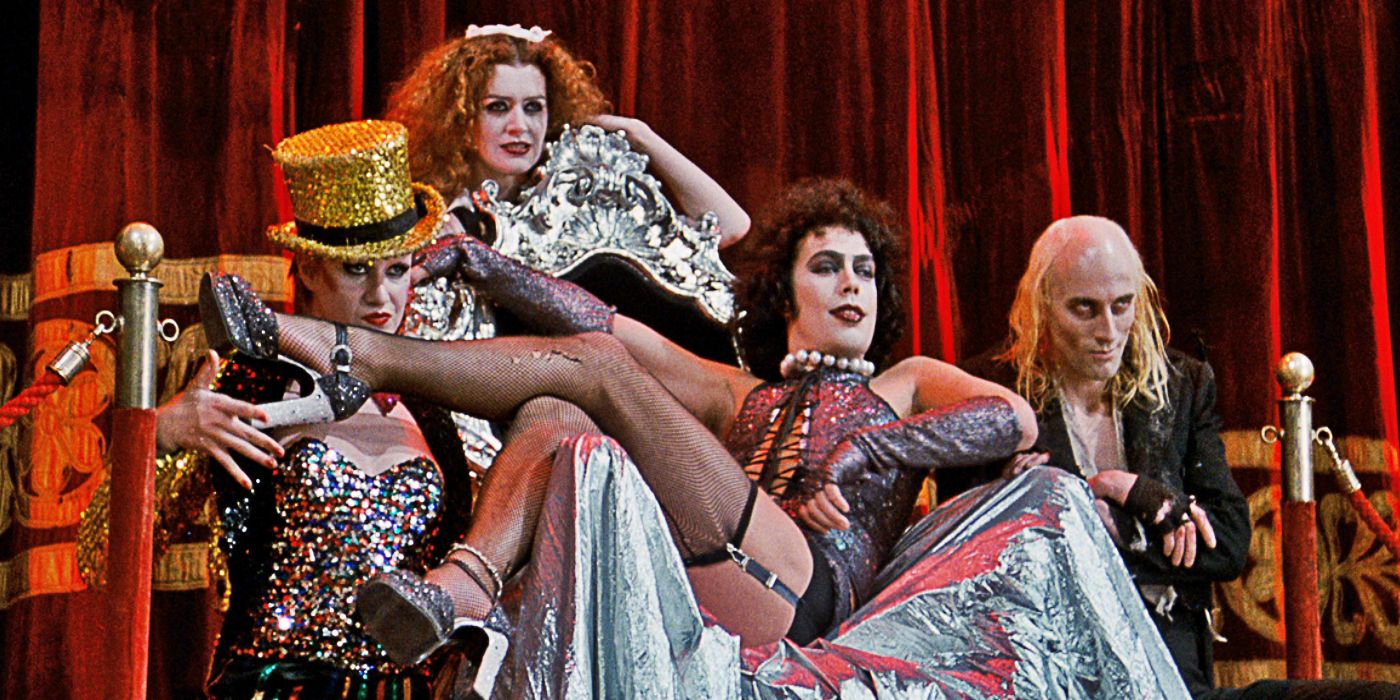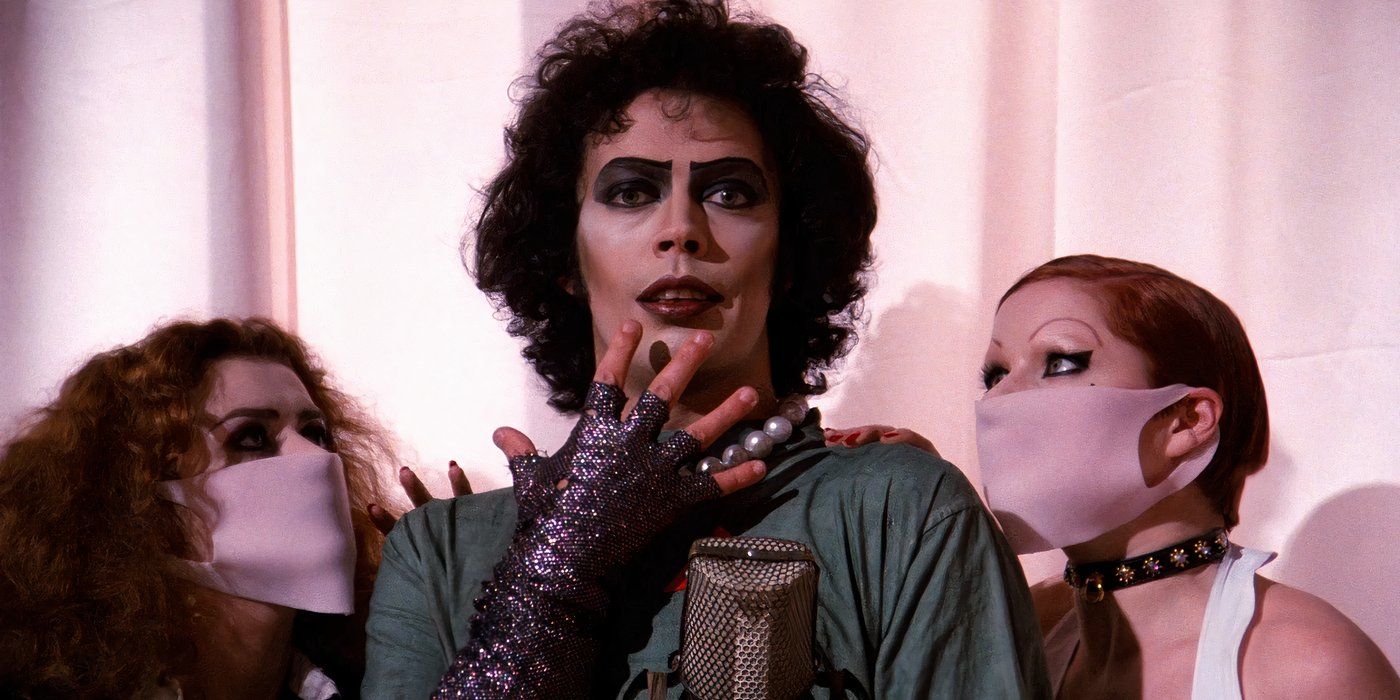
Is there any movie with a more notorious reputation than The Rocky Horror Picture Show? This year marks the film’s 50th anniversary, and incredibly, it has been continuously shown in theaters since its 1975 debut. For decades, audiences of all ages have been attending midnight showings, participating in traditions like throwing toast, shouting lines back at the screen, and performing the Time Warp dance.
What sparked the enduring popularity of a movie that initially failed at the box office? How did a film featuring a scientist who is a singing, cross-dressing, and hypersexual character become such a significant part of our culture? And what truly distinguishes the film’s artistic merit from the cultural impact it created? Get ready for a wild ride – this movie, , despite-or perhaps even *because* of-its imperfections, might just be the most extravagantly stylized and ironically clever film ever made.
The Rocky Horror Picture Show Musicalized Sci-Fi Tropes
The story of The Rocky Horror Picture Show is now almost as well-known as the movie itself. Writer and composer Richard O’Brien created it by playfully combining common themes from classic science fiction and horror films. The story is told by a criminologist (played by Charles Gray) and centers around a good-looking, typically American couple, Brad (Barry Bostwick) and Janet (Susan Sarandon), who get engaged. They set off on a road trip to share the news with Dr. Scott (Jonathan Adams), the professor who brought them together. However, they get a flat tire and end up seeking help at a spooky, nearby mansion, hoping to use the phone.
Riff-Raff (O’Brien), a butler with a hunchback, and Magenta (Patricia Quinn), a very energetic maid, welcome Brad and Janet. They introduce the couple to a gathering of people from Transylvania. However, these Transylvanians aren’t from the mountains of Eastern Europe. Instead, dressed in unusual tuxedos and looking like performers from a sideshow, they come from a planet also named Transylvania. This group, including Columbia (Little Nell), a devoted follower who loves to tap dance, greets Brad and Janet with the Time Warp dance. The couple attempts to leave, but their exit is blocked by the arrival of the evening’s host: Dr. Frank-N-Furter (Tim Curry), a pleasure-seeking, cross-dressing scientist who has unlocked the mystery of life itself.
Furter guides everyone to his laboratory to showcase his newest creation: Rocky (Peter Hinwood), a muscular, blonde man brought to life to fulfill Frank’s desires. During the demonstration, Eddie (Meat Loaf), Columbia’s boyfriend and occasionally Frank’s lover, unexpectedly appears, diverting attention from Frank and Rocky. Frank, enraged, kills him in response. Later that night, Frank pretends to be Brad and Janet, successfully seducing them both into intimate encounters.
Filled with embarrassment, Janet and Rocky connect through intimacy. Their moment is interrupted by Frank and Brad, and then by Dr. Scott, who arrived at the mansion searching for his nephew, Eddie. The evening culminates in a heated argument around the dinner table, during which Frank utilizes alien technology to turn Dr. Scott, Brad, Janet, Columbia, and Rocky into stone. Riff Raff and Magenta beg to return to Transylvania, but Frank denies their request. Instead, he puts the statues in dresses and puts on a song and dance performance for the empty house. However, Riff Raff and Magenta interrupt, revealing they’ve been secretly planning a return to their home planet all along, and that Riff Raff has taken charge of the operation. Riff Raff explains that Frank’s behavior has gone too far. He then kills Frank, Columbia, and Rocky before teleporting the mansion back to Transylvania. Brad, Janet, and Dr. Scott are left abandoned in the empty field, struggling, frightened, and bewildered.
The Rocky Horror Picture Show Confronts Sexual Liberation…and How It Can Go Too Far
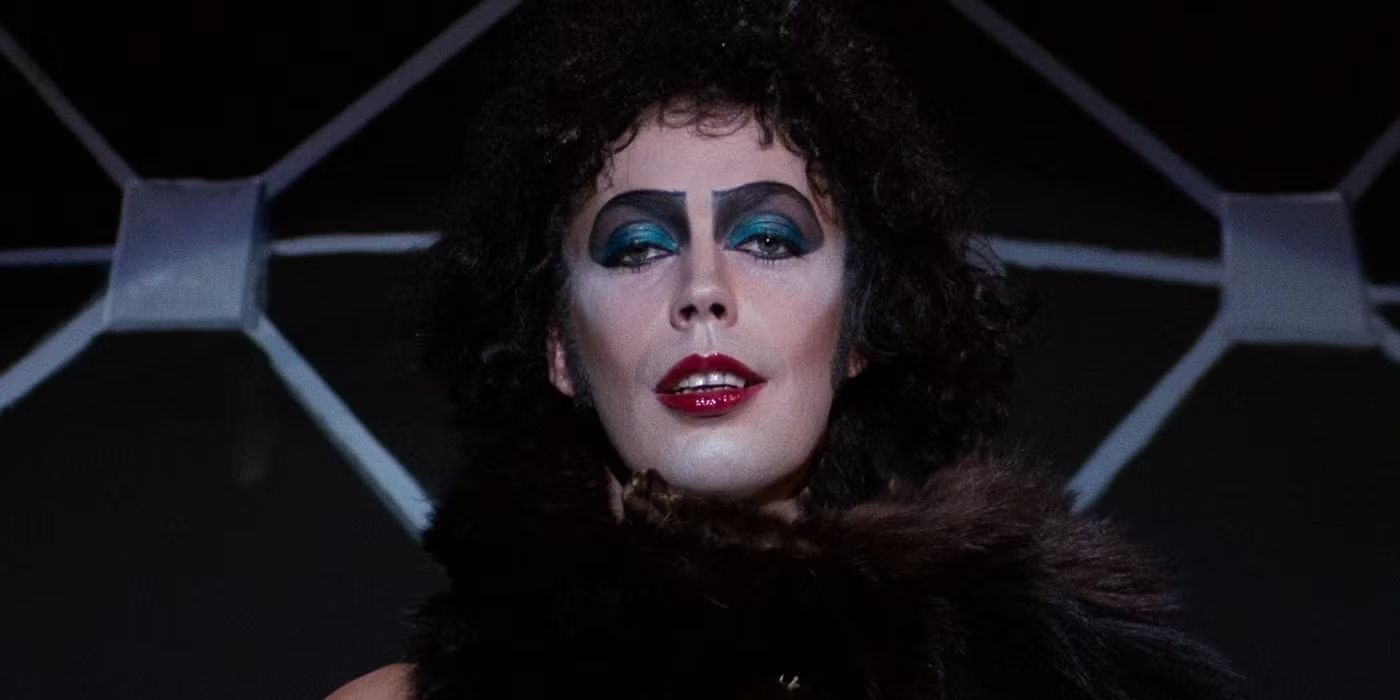
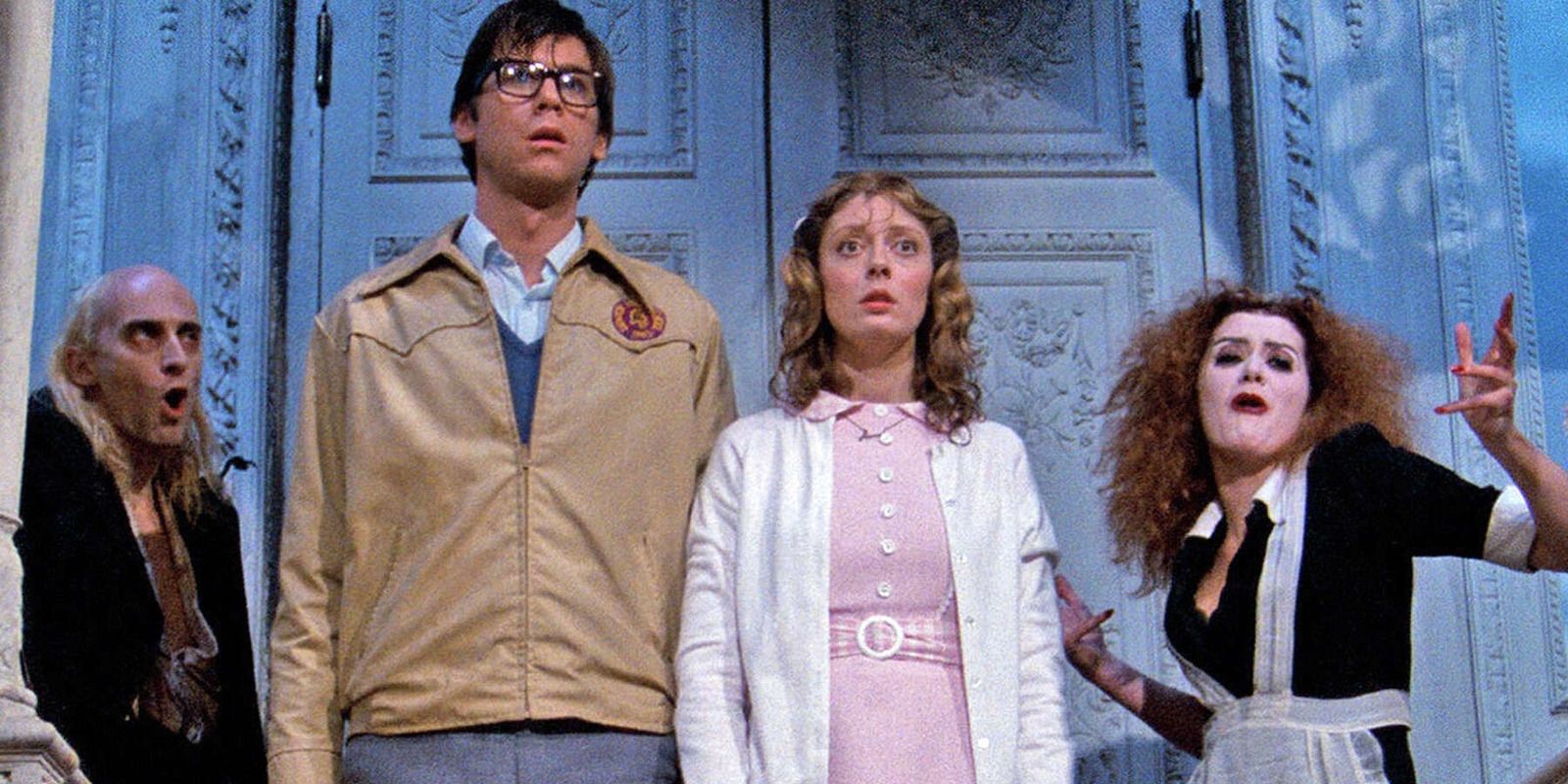
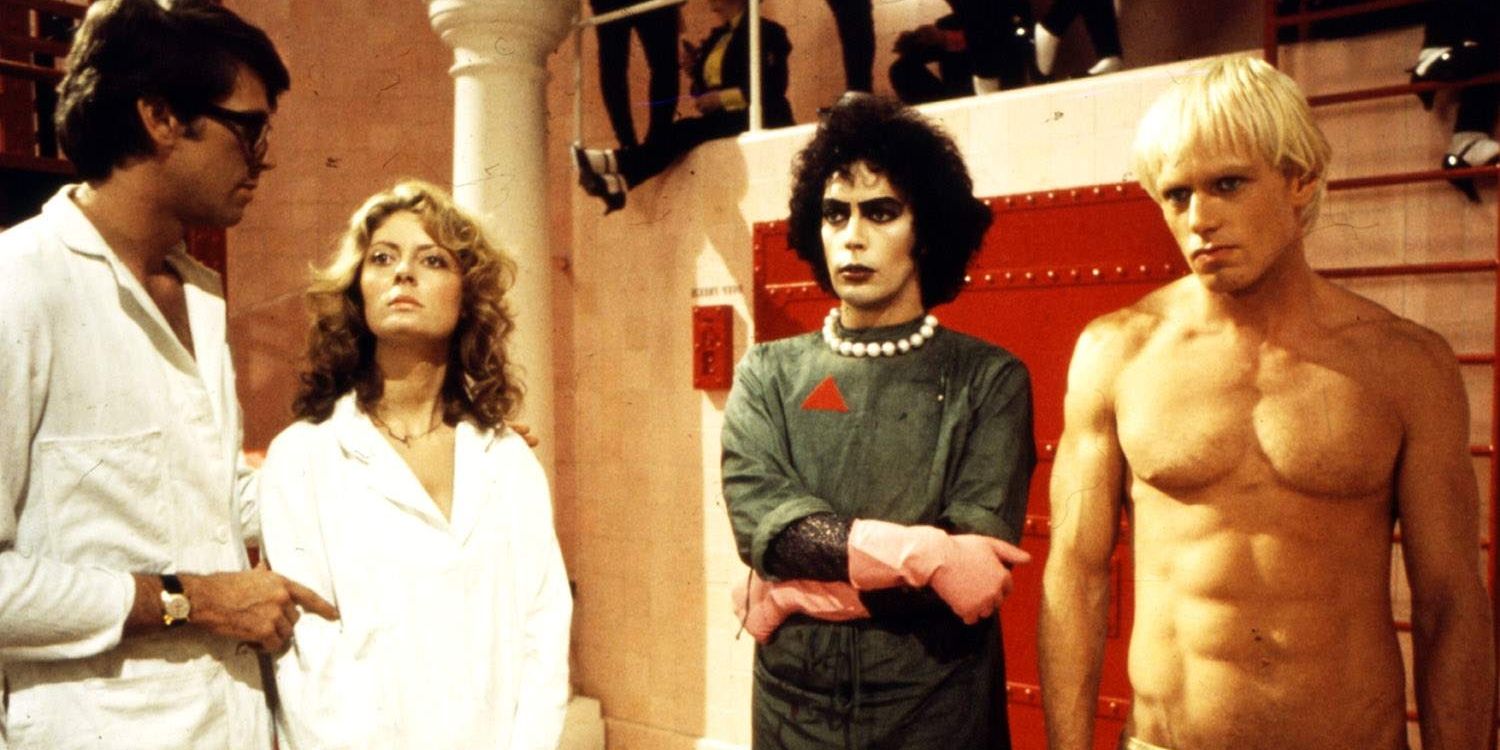
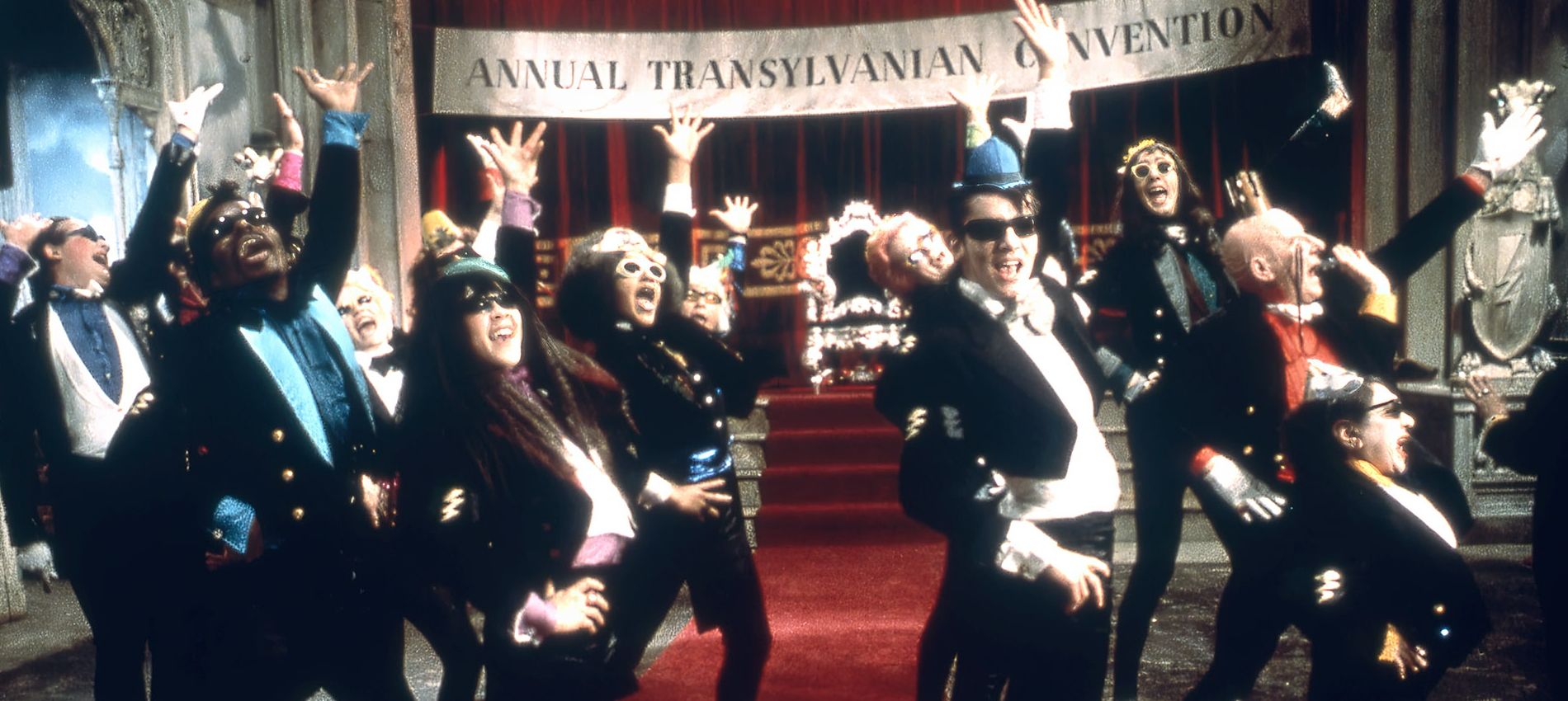
While the basic outline of The Rocky Horror Picture Show might suggest a serious story, the film actually feels surprisingly light and energetic. Richard O’Brien’s music is a major reason why, constantly injecting life into the plot and allowing the characters to playfully explore even darker themes. In fact, Rocky Horror is often overlooked for how truly excellent its music is. It cleverly mixes folk, glam rock, and 1950s pop, resulting in a soundtrack that’s better than many other well-known musicals-like , Hair, or Bye Bye Birdie-that try for a similar vibe. Songs like “Time Warp,” “Eddie,” and “Sweet Transvestite” are instantly catchy and will get viewers moving, even though they sometimes tell stories about difficult subjects. More than anything else, it’s the music that has helped The Rocky Horror Picture Show remain a beloved and ironic classic of musical cinema.
The actors’ complete dedication to their roles is also a major strength. Aside from Gray, Sarandon, and Bostwick, everyone had previously performed in the stage production of Rocky Horror; Curry, O’Brien, Quinn, and Little Nell all originated their characters, and it’s evident in their performances. They don’t just *play* their characters – they *become* them, making it hard to imagine anyone else in those roles while watching The Rocky Horror Picture Show. Bostwick and Sarandon blend seamlessly with the experienced cast, and the fact that they’re newcomers adds to the sense of isolation their characters feel. The two also perfectly capture the look of a couple who could have stepped out of a 1950s advertisement promoting abstinence, which makes their embrace of sexual freedom even more shocking, and at times, both heartbreaking and funny. Sarandon, especially, brings a lot of humor to her portrayal of Janet, using plenty of shocked expressions, flinches, and suppressed awkwardness.
However, among all the performers, Tim Curry truly stands out. His performance in The Rocky Horror Picture Show is among the most memorable-and courageous-ever seen in a film. His Dr. Frank-N-Furter is a captivating blend of Dr. Frankenstein’s wildness, the charm of a flirtatious English gentleman, and the energy of Mick Jagger, managing to be both reserved and powerfully intense. It’s remarkable that any actor would so fully embody a character who is so fluid in gender and sexuality in a mainstream film from 1975. Curry embraces the role with obvious enjoyment, delivering one of the finest performances in musical cinema history. It’s comparable to the best work of icons like Judy Garland, Gene Kelly, Rita Moreno, and Barbra Streisand.
In The Rocky Horror Picture Show, Tim Curry portrays Frank as confident, larger-than-life, and somewhat impulsive. Considering the film’s deliberately over-the-top and campy style, this performance is truly remarkable. For many in the audience – particularly those exploring their gender or sexuality – Frank-N-Furter serves as both an inspiring figure and a word of caution. Frank lives life on his own terms, expressing himself freely and pursuing whatever relationships he desires. However, his self-centeredness leads to heartbreak for others. His disregard for others’ feelings eventually leads to his downfall. Curry, along with director Jim Sharman, seem to be suggesting a message to the audience: be true to yourself and enjoy life, but remember to be considerate of the feelings of those around you.
The Rocky Horror Picture Show Dissects the Revolution of the 1970s
From a distance, The Rocky Horror Picture Show seems to represent-and offer a lesson about-the sexual revolution of the 1970s. In a time after the widespread availability of birth control, but before the AIDS epidemic, people felt more freedom to express their sexuality and gender than ever before. We saw more LGBT people openly embracing who they were, as shown by the growing popularity of artists like David Bowie, Elton John, and Freddie Mercury. Rocky Horror uses Brad and Janet to symbolize the innocent, conservative America of the 1950s colliding with the more open and unrestrained culture of the 1970s. The film sets them free, but also leaves them feeling lost and frightened. Both then and now, Rocky Horror shows us that breaking away from traditional gender roles or expectations of heterosexuality can bring freedom, but doesn’t necessarily provide purpose. After meeting Frank, Brad and Janet are left with a lot to consider.
So will an audience that wanders into a screening of The Rocky Horror Picture Show. Which brings to mind yet another miracle peculiar to the film. When discussing a movie, audience members generally like a warning of what to expect — a plot description, a rating, a word or two about the level of violence. That holds especially true of sexuality; Midnight Cowboy director John Schlesinger once mused that American audiences will sit through violence of any kind, but crawl out of their skin when a movie depicts sexuality, especially between members of the same sex. The Rocky Horror Picture Show revels in sexual anxieties about gender, attraction, kink, monogamy, and even incest. With its catchy music, Halloween-cum-goth vibe and sci-fi tropes, the movie manages to turn those anxieties into fun. Somehow, Rocky Horror meets every viewer at his comfort level of sex and gender, and, like Frank-N-Furter himself, manages to coax joy from fear. For the 100-minute runtime, The Rocky Horror Picture Show makes fun out of exploring sex and gender of all kinds. And most important of all, it telegraphs to the viewer: all of this is OK.
Driven by its intriguing nature and positive portrayal of diverse gender identities and sexualities, a dedicated community formed around The Rocky Horror Picture Show, and it’s still going strong over five decades later. Initially, Fox tried to promote it as a rock-and-roll film for the 1970s, but that strategy didn’t resonate with viewers or critics. Just when it seemed the movie would quickly fail, something unexpected happened. Large groups of LGBTQ+ individuals, trendsetters, and others who enjoyed going out at night started attending midnight screenings, frequently dressing up as the characters or in elaborate Transylvanian costumes. Viewers began performing the movie *along* with it, developing a collection of lines to shout back at the screen. In many ways, the audience became part of the film itself.
That’s the central contradiction of The Rocky Horror Picture Show, and the main challenge when trying to review it honestly. Rocky Horror often leads critics to evaluate the fan culture it created, instead of the movie itself. When considered simply as a film, The Rocky Horror Picture Show isn’t always successful. Director Sharman’s camera work frequently feels still and uninspired. The film doesn’t introduce any new cinematic techniques. And perhaps most importantly, the playful, theatrical energy that made the stage show so popular doesn’t quite translate to the screen. Rocky Horror really needs a live audience to truly come alive.
Many other stage adaptations face a comparable issue. Films, from Rent to Noises Off to Hair and Clue, often feel as though the camera creates distance between the story and the audience. This is in contrast to live stage performances, where actors might directly address the audience or, at a minimum, acknowledge them. Rocky Horror uniquely solved this problem by turning its film screenings into “live” events, particularly with its midnight showings.
A Live Performance is Key to The Rocky Horror Picture Show
Even though you’re watching at home, The Rocky Horror Picture Show still delivers a ton of energy, over-the-top performances, laughs, and a really fun send-up of sci-fi. But if you want to truly experience Rocky Horror in all its true Transylvanian splendor, you *need* to see it at a midnight screening. Seriously, break out the tuxedo and fishnets, pile on the makeup, and get ready to go a little crazy! Along with films like Eraserhead and Pink Flamingoes, The Rocky Horror Picture Show really helped cultivate a dedicated cult following, and that community has continued to thrive ever since.
Even if it’s not a cinematic masterpiece, The Rocky Horror Picture Show deserves recognition as a truly memorable film – it’s more of an event than just a movie. It’s become a significant experience for many, especially young people, offering a space to explore identity, sexuality, and self-expression. It allows audiences to embrace fun and creativity, especially during late-night showings. In a way, the film connects to something deeply rooted in human history, recalling a time when stories were shared orally around a campfire, eventually becoming legends. The Rocky Horror Picture Show has, in its own right, achieved legendary status; for half a century, viewers have found a reason to do the Time Warp. And it’s likely that for the next 50 years – and even longer – countless audiences will continue to find a reason to do the Time Warp… again.
Read More
- Mobile Legends: Bang Bang (MLBB) Sora Guide: Best Build, Emblem and Gameplay Tips
- Clash Royale Best Boss Bandit Champion decks
- Best Hero Card Decks in Clash Royale
- All Brawl Stars Brawliday Rewards For 2025
- Best Arena 9 Decks in Clast Royale
- Brawl Stars December 2025 Brawl Talk: Two New Brawlers, Buffie, Vault, New Skins, Game Modes, and more
- Vampire’s Fall 2 redeem codes and how to use them (June 2025)
- Clash Royale Witch Evolution best decks guide
- Clash of Clans Meltdown Mayhem December 2025 Event: Overview, Rewards, and more
- Clash Royale Furnace Evolution best decks guide
2025-09-30 04:42
